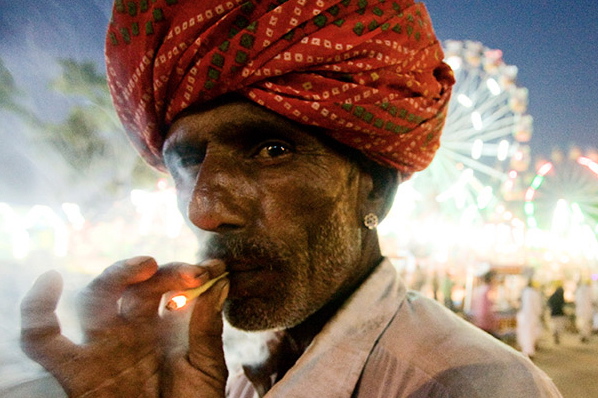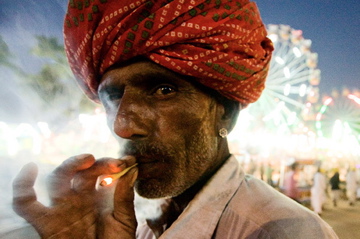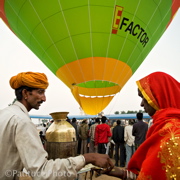
Photo by Radhika Raj, from the photobook, Gurus Gods & Camels: A Photo Journey to Rajasthan.
I STRUGGLE WITH INDIA. While there, I’m disgusted by the poverty, sickened by reality, angry at the absurdity of it all. Inside my head are dueling desires: leaving vs. staying. It helps to laugh, to let yourself go a bit, to not think and instead try to accept it for what it is: India.



